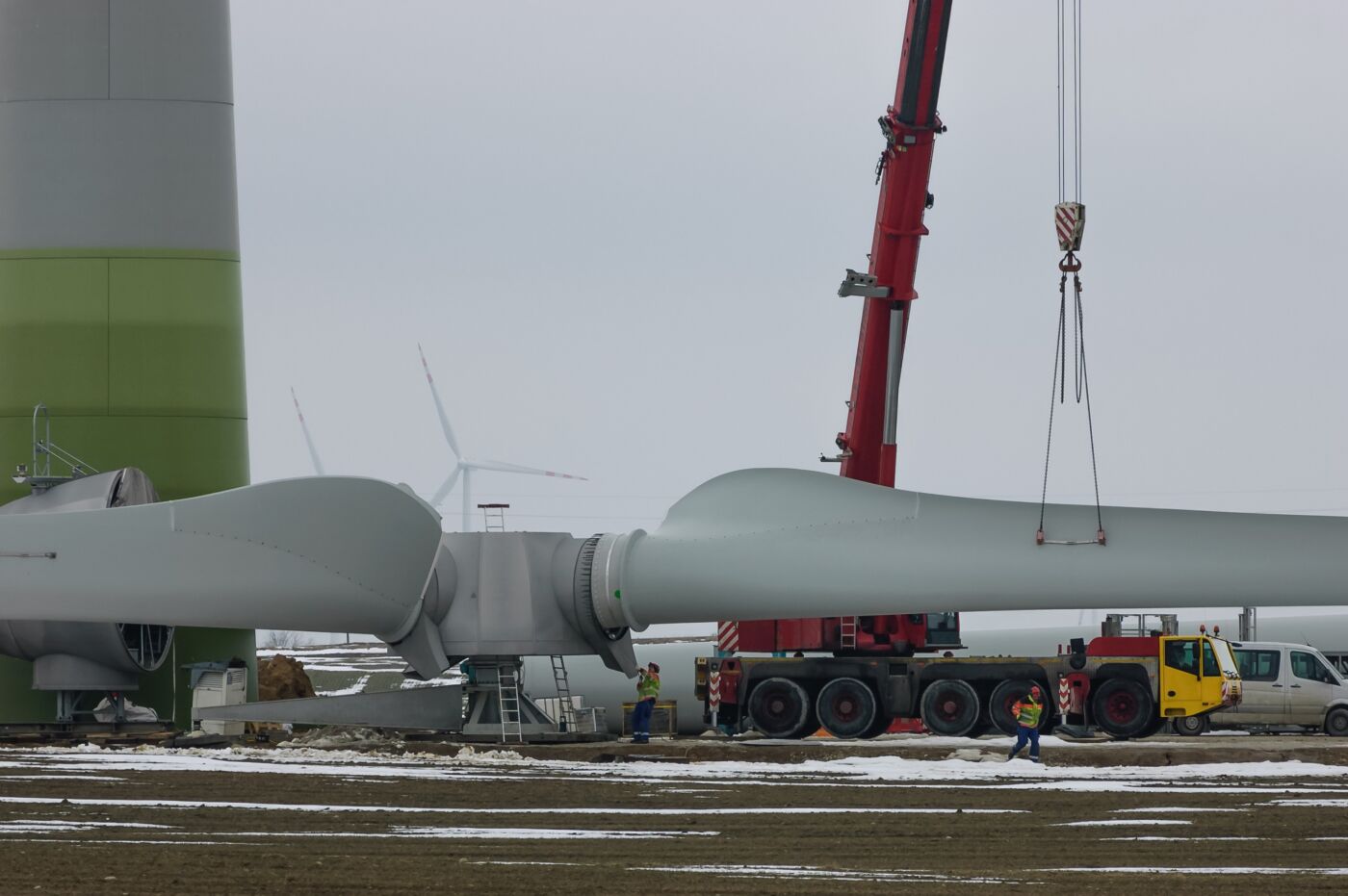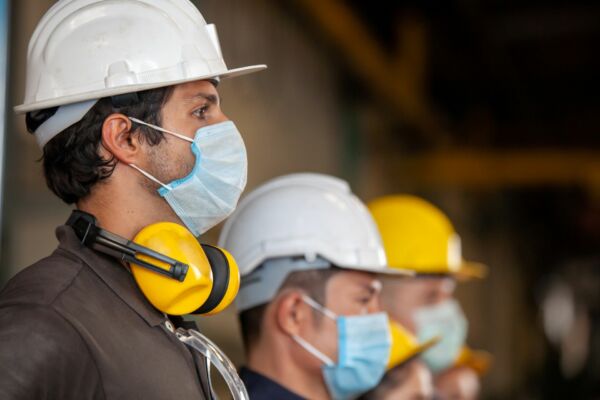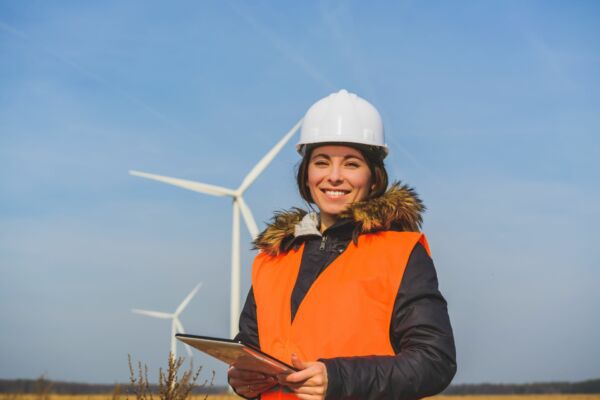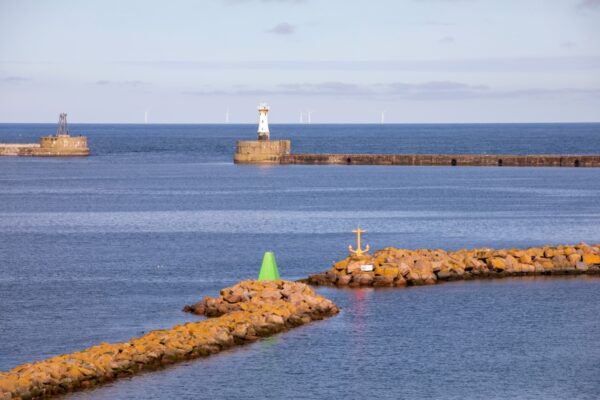Wind energy has made huge strides to become more economical and a more attractive option to energy companies and consumers alike. But the sector must make more progress if it is to establish itself as the foremost source of green electricity. The secret to this is getting more bang for your buck through increased power density. Let’s look at how this works and the opportunities it can present.
It’s no secret that wind turbines and their components require large investment. Therefore, it stands to reason that wind energy organizations want their machines to be as productive as possible. Component and turbine manufacturers continually focus on research and development to meet customer demands. Only by doing so, can they deliver high-performance products.
How does power density work?
Power density is how much power an application or component can produce. This can apply to batteries, transformers, and motors, for example. In wind energy, this is often attributed to the gearbox and its bearings. Power density is measured in W/m3 (or W/cm3). The formula represents the amount of power by unit volume.
The key to achieving greater power density is specifically-designed, often more durable, components like gearbox bearings. Many industries use these types of parts where machinery must handle high loads, such as in mining. Wind energy equipment manufacturers are now beginning to adopt these ideas too.
Design elements that increase power density
Usually, robust components are required to increase power density. They can withstand greater force and, subsequently, are able to convert it into more power. Heat treatments, such as case carburization, can increase bearing durability and therefore capable of generating more power. Such methods for strengthening wind turbine gearbox bearings reduce the likelihood of gear teeth fractures – offering greater performance and reliability.
Increasing power density may be a work in progress in wind energy, but the implications for wind companies and electricity providers could be huge. By generating more power from wind turbines, electricity will be more abundant and, consequently, more cost effective.



